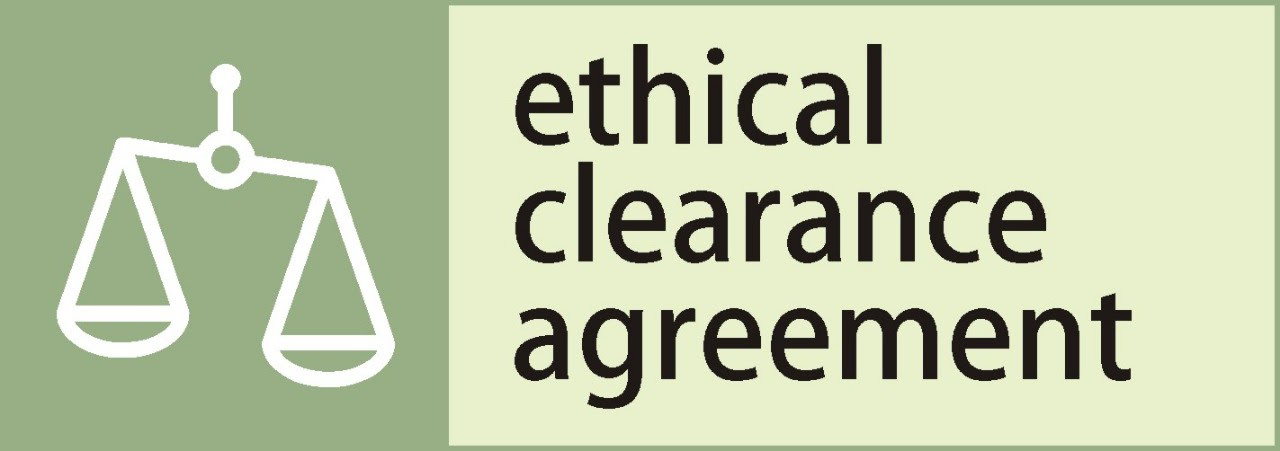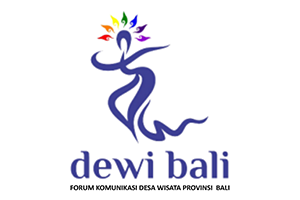Travel Flow: Digital Solutions to Outgrow the Overtourism in Bali
DOI:
https://doi.org/10.24922/eot.v12i2.2179Keywords:
TravelFlow, overtourism, smart tourism, sustainable tourismAbstract
Bali, as one of Indonesia’s premier tourism destinations, continues to face challenges of overtourism, particularly in popular areas such as Kuta, Ubud, and Sanur. This phenomenon has contributed to environmental degradation, declining visitor satisfaction, and limited benefits for local communities. Addressing these challenges requires innovative approaches that balance tourism growth with sustainability. This study evaluates the potential of TravelFlow, a smart-tourism application designed to manage visitor distribution and mitigate overtourism. Using a qualitative approach, data were collected through observations and in-depth interviews with key stakeholders, complemented by Internal–External Factor Analysis (IFAS–EFAS) and SWOT analysis to assess strategic feasibility. The findings reveal three major insights: first, TravelFlow demonstrates strong potential to redirect tourist flows toward alternative destinations, reducing pressure on overcrowded hotspots; second, successful adoption depends on aligning digital solutions with community participation and ensuring adequate infrastructure readiness; and third, integration with sustainable tourism policies is critical to ensure the application’s long-term effectiveness. The study highlights that application-based solutions such as TravelFlow can serve as practical tools to foster more balanced tourism development in Bali. By redistributing visitor flows, enhancing environmental responsibility, and promoting community involvement, smart-tourism initiatives hold promise in mitigating the negative impacts of overtourism while supporting a more sustainable and inclusive tourism future.
References
BaliPost. (2024, February 2). Bali di ambang overtourism. Bali Post. https://www.balipost.com
Boes, K., Buhalis, D., & Inversini, A. (2016). Smart tourism destinations: Ecosystems for tourism destination competitiveness. International Journal of Tourism Cities, 2(2), 108–124. https://doi.org/10.1108/IJTC-12-2015-0032
Bramwell, B., & Lane, B. (1993). Sustainable tourism: An evolving global approach. Journal of Sustainable Tourism, 1(1), 1–5. https://doi.org/10.1080/09669589309450696
Buhalis, D., & Amaranggana, A. (2015). Smart tourism destinations enhancing tourism experience through personalisation of services. In I. Tussyadiah & A. Inversini (Eds.), Information and communication technologies in tourism 2015 (pp. 377–389). Springer. https://doi.org/10.1007/978-3-319-14343-9_28
Butler, R. (2020). Tourism carrying capacity: The environment as a limitation to tourism development. Annals of Tourism Research, 86, 102935. https://doi.org/10.1016/j.annals.2020.102935
Dodds, R., & Butler, R. (2019). Overtourism: Issues, realities and solutions. De Gruyter Oldenbourg. https://doi.org/10.1515/9783110607369
Femenia-Serra, F., Perles-Ribes, J. F., & Ivars-Baidal, J. A. (2019). Smart destinations and tech-savvy millennial tourists: Hype versus reality. Tourism Review, 74(1), 63–81. https://doi.org/10.1108/TR-02-2018-0018
Gössling, S., & Peeters, P. (2018). Assessing tourism’s global environmental impact 1900–2050. Journal of Sustainable Tourism, 26(1), 1–21. https://doi.org/10.1080/09669582.2017.1364741
Gretzel, U., Sigala, M., Xiang, Z., & Koo, C. (2015). Smart tourism: Foundations and developments. Electronic Markets, 25(3), 179–188. https://doi.org/10.1007/s12525-015-0196-8
Hall, C. M., & Page, S. J. (2014). The geography of tourism and recreation: Environment, place and space (5th ed.). Routledge.
Karta, N., Suarthana, I., Widiastini, N., & Irwanti, N. (2024). Adoption and implementation of an inclusive business integration model in the packaging of the tourist villages in the west of Bali Indonesia. Smart Tourism, 4(2). https://doi.org/10.54517/st.v4i2.2436
Koens, K., Postma, A., & Papp, B. (2018). Is overtourism overused? Understanding the impact of tourism in a city context. Sustainability, 10(12), 4384. https://doi.org/10.3390/su10124384
Kompas. (2024, January 15). Bali menyandang predikat overtourism. Kompas. https://www.kompas.id
Ministry of Tourism and Creative Economy. (2022). Statistik pariwisata Indonesia 2022. Kemenparekraf RI. https://www.kemenparekraf.go.id
Munawwarah, M., Febridha, N., & Himawan, H. (2024). Enhancing tourism through smart tourism: A comparison of Aceh and Bali. Jurnal Sanger: Social, Administration and Government Review, 2(1), 10–24. https://doi.org/10.22373/sanger.v2i1.5688
Neuhofer, B., Buhalis, D., & Ladkin, A. (2015). Smart technologies for personalized experiences: A case study in the hospitality domain. Electronic Markets, 25(3), 243–254. https://doi.org/10.1007/s12525-015-0182-1
NusaBali. (2024, March 10). Kemacetan lalin di Bali kian parah. NusaBali. https://www.nusabali.com
Polukhina, A., Sheresheva, M., Napolskikh, D., & Lezhnin, V. (2025). Digital solutions in tourism as a way to boost sustainable development: Evidence from a transition economy. Sustainability, 17(3), 877. https://doi.org/10.3390/su17030877
Sarmita, R. N., & Hu, C. (2024). Visualizing smart tourism through smart community drivers and driven outcomes. E-Journal of Tourism, 11(2). https://doi.org/10.24922/eot.v11i2.118460
Seraphin, H., Sheeran, P., & Pilato, M. (2018). Over-tourism and the fall of Venice as a destination. Journal of Destination Marketing & Management, 9, 374–376. https://doi.org/10.1016/j.jdmm.2018.01.011
Sigala, M. (2020). Tourism and COVID-19: Impacts and implications for advancing and resetting industry and research. Journal of Business Research, 117, 312–321. https://doi.org/10.1016/j.jbusres.2020.06.015
Sudiarta, I. N. (2016). Popularity of tourist attraction in Bali from the perspective of foreign tourists. E-Journal of Tourism, 2(2). https://doi.org/10.24922/eot.v2i2.19497
Tempo. (2024, January 25). Bali mengalami overtourism, Menteri Sandiaga Uno ungkap penyebabnya. Tempo. https://www.tempo.co
UNWTO. (2023). World tourism barometer 2023. United Nations World Tourism Organization. https://doi.org/10.18111/wtobarometereng
Wu, W., Xu, C., Zhao, M., Li, X., & Law, R. (2024). Digital tourism and smart development: State-of-the-art review. Sustainability, 16(23), 10382. https://doi.org/10.3390/su162310382




















